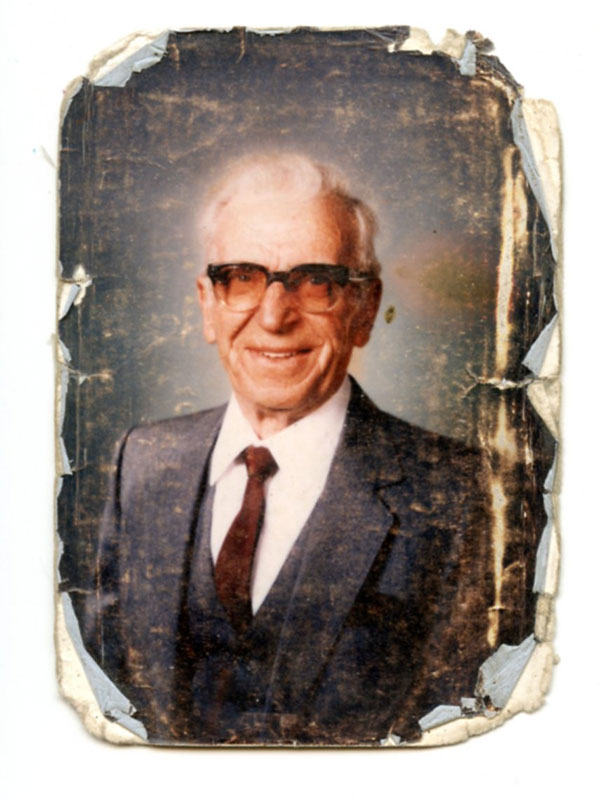The original language of this site is English.
History of the Equestrian Marschal
Equestrian Marschal – The Vocation, The Trade and Its History
More than five thousands years ago, after many wars, one Emperor of China asked his wise old warriors to spend time in the field, observing the wounded horses. This is where they found techniques and knowledge about the motion of the horses in order to protect and save them and their riders. Between the wars, the wise men studied the anatomy of the horses, their wounds, natural habitat, behavior, motion when they fight, strengths and weakness. The wise men learned a great deal about the horses’ vulnerabilities and reliability.
The Medieval Era (1200s)
During the Medieval era, the Kings of Europe would order their knights to create games to help new and inexperienced riders learn proper riding techniques and prepare for battles to come. The games were very similar to today’s: hunter, jumper, tent pegging, and archery on horseback. The reward of those games was that they helped the knights determine which soldiers were able to fight on horseback, and which ones could ride a horse in difficult circumstances such as those found in battle.
Napoleon I – the first Equestrian Marschal (1700s)
Napoleon I, with the help of his veterinarian, gave more knowledge to his farriers, saddlers, harness makers and trainers. They learned about the bio mechanics of the horse. The veterinarians recorded all the observed problems and solutions in their journals for many years, subsequently sharing their problem-solving knowledge and skills with the tradesmen: farriers, saddlers, harness makers, carriage builders and wheelwrights.
Farriers are concerned with the way a horse’s hooves are trimmed and how the shoes are adjusted and nailed. By understanding the bio mechanic of a horse, farriers are able to help and prevent minor and major injuries to the animal.
For saddlers and harness makers, having bio mechanical knowledge helped them to understand the acupressure points of a horse, and observe and correct for the motions of the saddle that affected the horse’s performances and endurance.
Carriage builders and wheelwrights were also an important part of the trade. Many aspects of carriage building could affect the performance of the horses pulling them including: the weight and length of a carriage; the length and angle of the shaft; the width of the eveners; and the height, size and the width of the wheels.
By sharing their collective knowledge, these tradesmen discovered that one trade was affecting the others, and found out why the horses “do” and why suddenly the horses “don’t”.
This is how today’s Equestrian Marschal was born.
World War I Equestrian Marschal
The Equestrian Marschal—also known as Commander or Field Marshal or Brigadier General—worked side by side with veterinarians. After practicing many different trades, these men were able to develop the capability to observe horses, determine which horses would be suitable for the war needs, and match them with soldiers. The profession remained basically unchanged until the end of World War I.
Civilian Life
After the war, many Equestrian Marschals returned to their hometowns to continue practicing their trade. Some men set up in loggers camps, buying the best pulling horses that were the most durable in the wild camp setting, and that were quick learners. The horses needed to be able to pull gigantic loads out of the bush on bobsleighs to the river shore so the logs would float downriver to the mills.
Some set up equestrian schools to train the next generation of Equestrian Marschals, and share their extensive knowledge with horse owners, often in remote communities.












